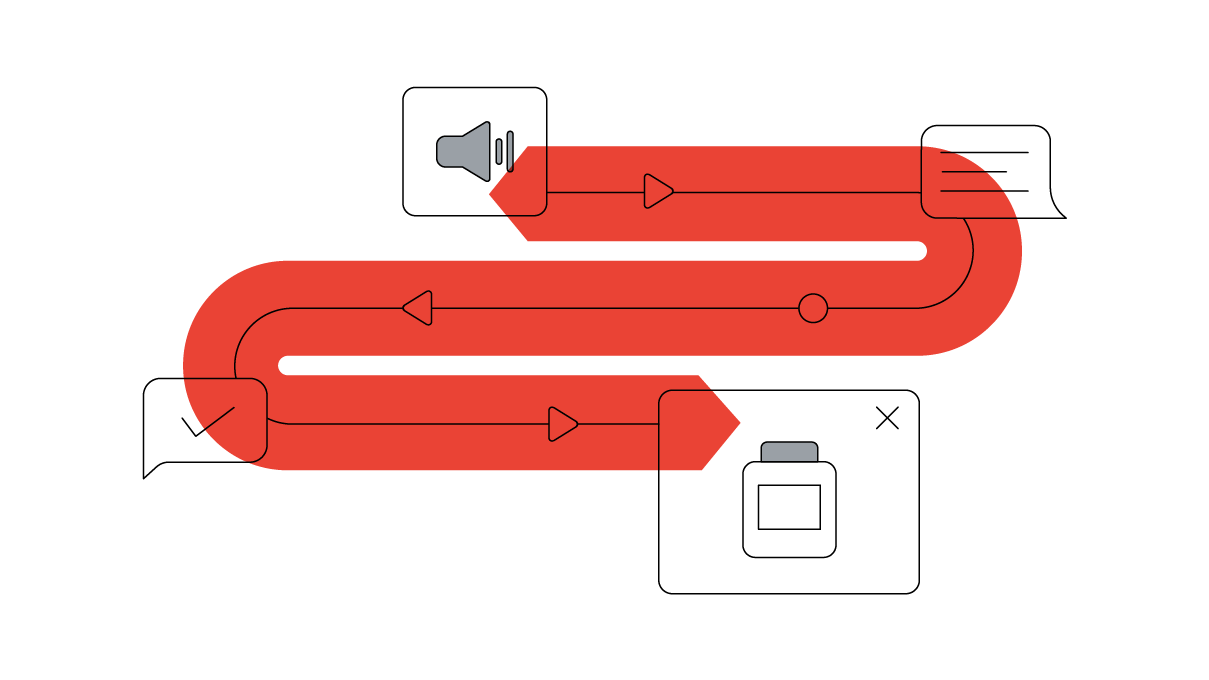L'Oreal Netherlands wanted to see how their offline and online ads worked together, and take a closer look at ROI in each to be sure that their money was being spent wisely. This case study shows how the impact of Google Display Network, pre-roll, TV and print was measured and found that in some instances, swapping pre-roll for TV could save money and reach a different audience.
Goals
Integrate online and offline ads
Compare and optimize online and offline costs
Approach
L'Oreal compared 18 campaigns for 14 different products
Gathered info for five months
Results
Decided to cap sites with frequent repeat visitors
10% shift in TV budget is allocated to GDN resulting in 4 times more GDN impressions
The cost/GRP (or CPM) on Google Display Network on average are ~20 times lower than TV
This L'Oreal case study from the Netherlands measures Google Display Network (GDN), YouTube pre-roll, TV and Print in the media mix: cost, reach, ad format impact and ROI comparison.
Key findings:
- The combination of 20 times lower cost/GRP and one fifth of the impact compared to TV results in 4 times higher ROI at current spend level.
- Shift budget at the end of the TV ROI curve towards media that are still functioning in a steeper part of their ROI curve (Print and Rich Media).
- Use variation in TV pricing over months and target audiences as an opportunity to find month versus audience combinations where Pre-roll is a cheaper solution than TV.
- Apply frequency capping particularly on sites with very frequent visitors (e.g. social sites). Otherwise campaigns build an extreme amount of contacts with a relatively small part of the target audience.
Shifting 10% of the TV budget can increase ROI up to 32%.






